Paper 2: Vicarious Liability
1/44
There's no tags or description
Looks like no tags are added yet.
Name | Mastery | Learn | Test | Matching | Spaced |
|---|
No study sessions yet.
45 Terms
Vicarious
Through somebody else.

Liable
To be at fault for something.

Insurance
Covers the cost of damages.
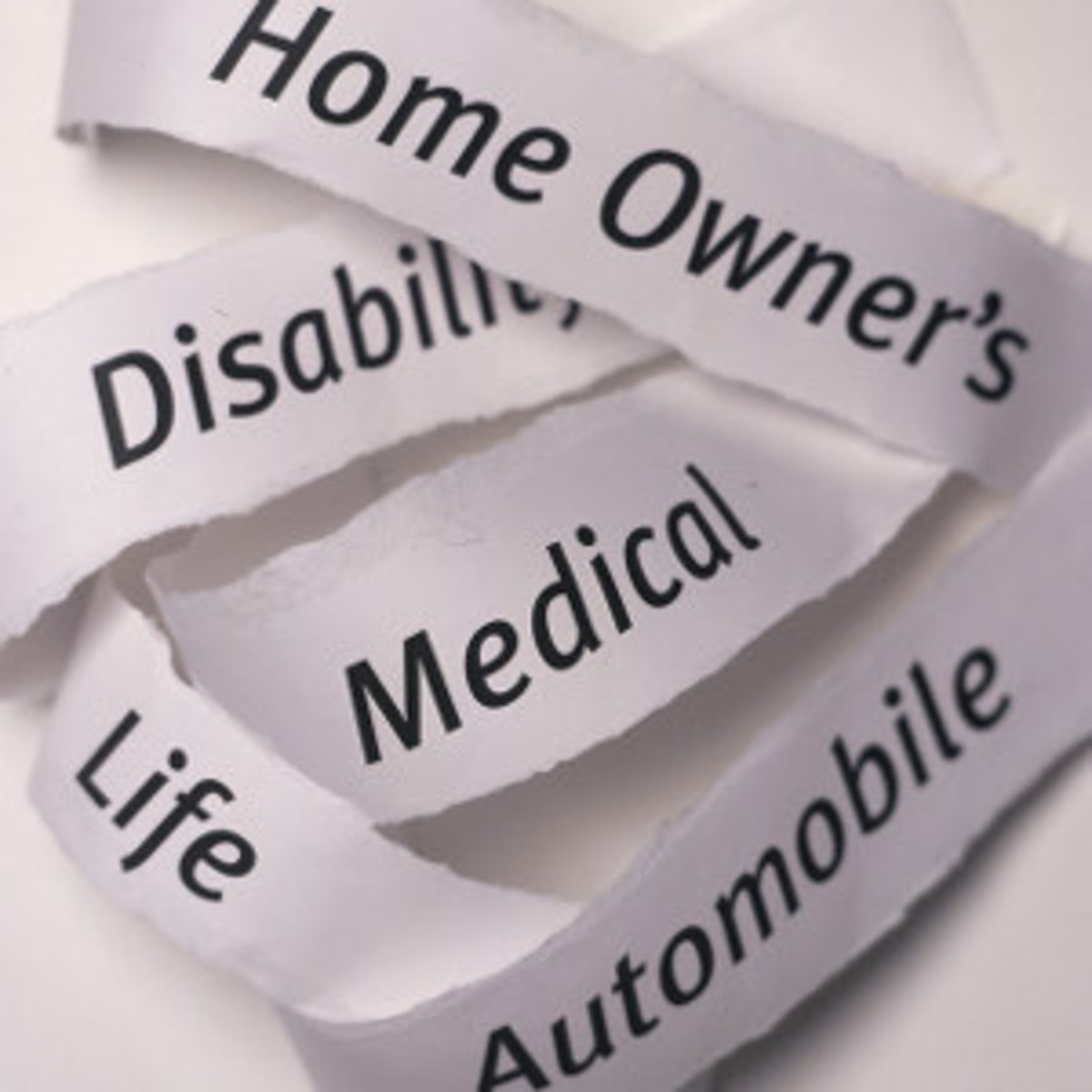
Strict liability tort
D is liable for committing an action, regardless of intent.

Tortfeasor
Person who did the civil wrong.
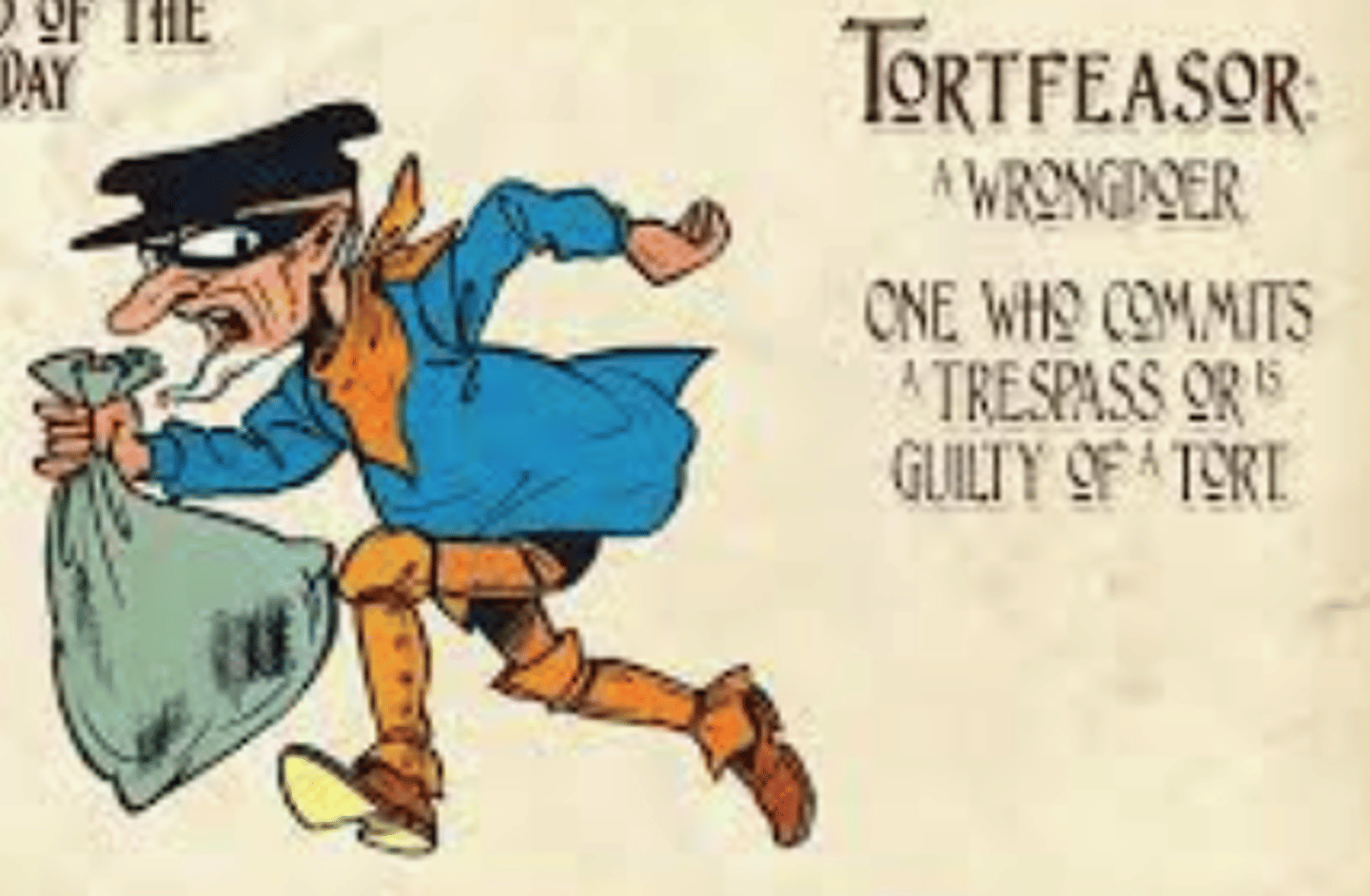
Vicarious liability
When one person is liable for a tort committed by another.
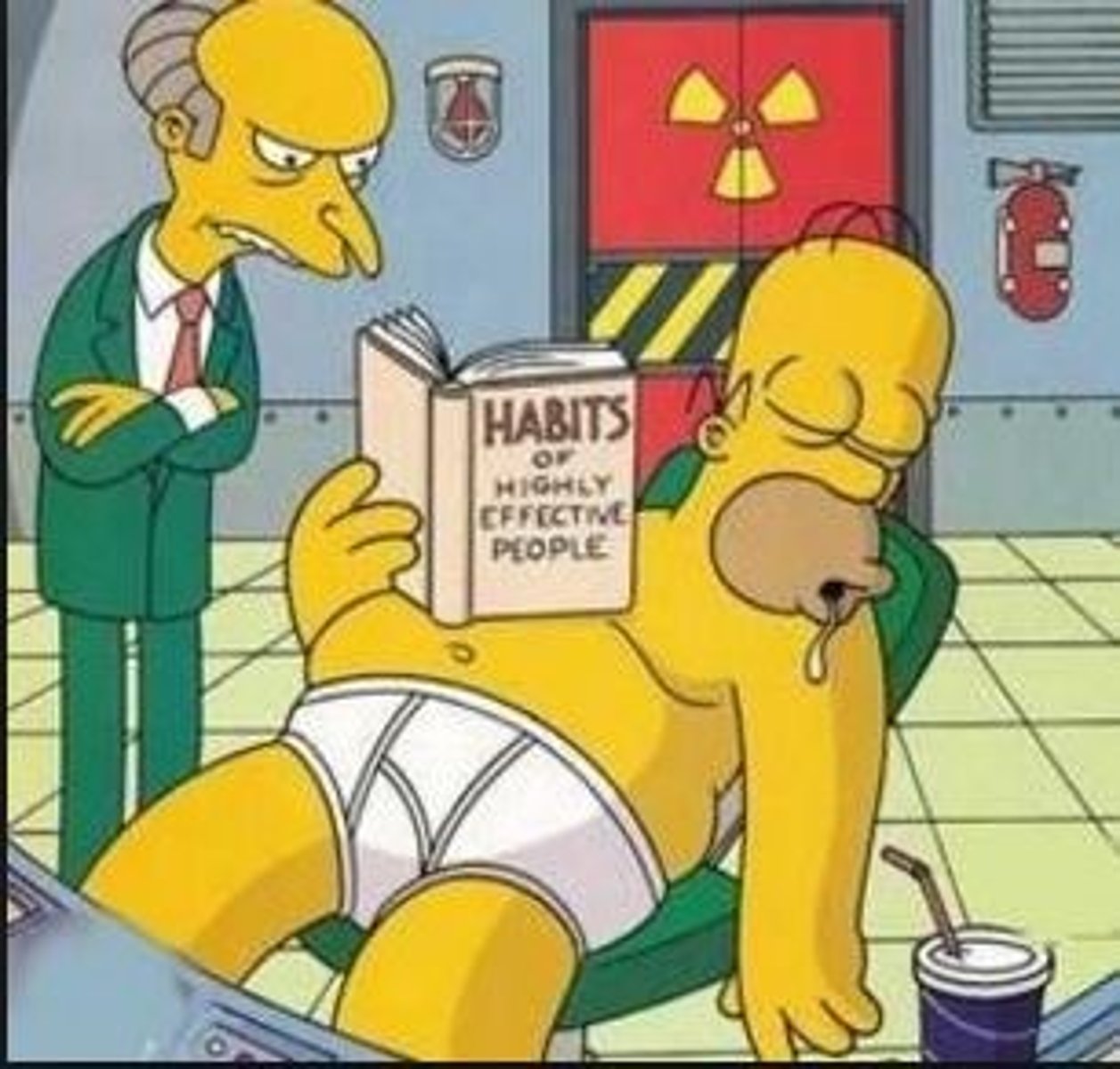
Why is vicarious liability a strict liability tort ?
An employer will be liable for the negligent actions of an employee.

Why should an employer be vicariously liable ?
- To protect the claimant
- To protect the employee
Protection of claimant
Employers are more likely to be able to compensate C, as they should have insurance.
Protection of employee: Activity done for employer
Tort has been committed due to an activity done by the employee for the employer.
Protection of employee: Employer created risk
By making the employee do their job, the employer has created the risk of the tort being committed.

Protection of employee: Improving safety standards
Encourages employer to take responsibility for employees.
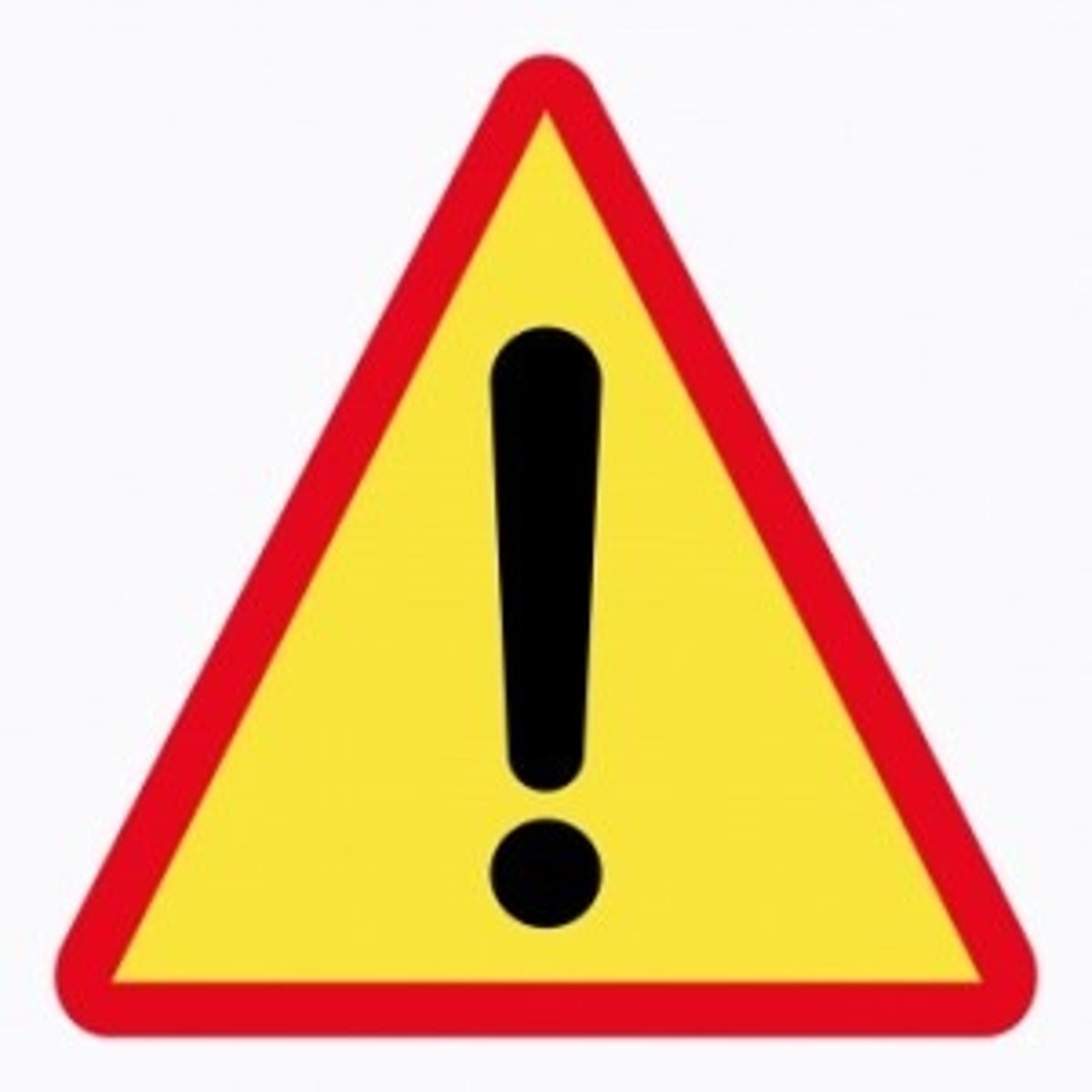
How can an employer take responsibility for employees ?
Checking qualifications, training, supervision, equipment, etc.
How can an employer be found vicariously liable ?
1) Was a tort committed? (Has there been negligence)
2) Was the tortfeasor an employee?
3) Was the employee acting in the course of employment when the tort was committed ?
(UNLIKELY) On a frolic of their own ?
Was a tort committed ?
In the exam this could be negligence or pure economic loss.
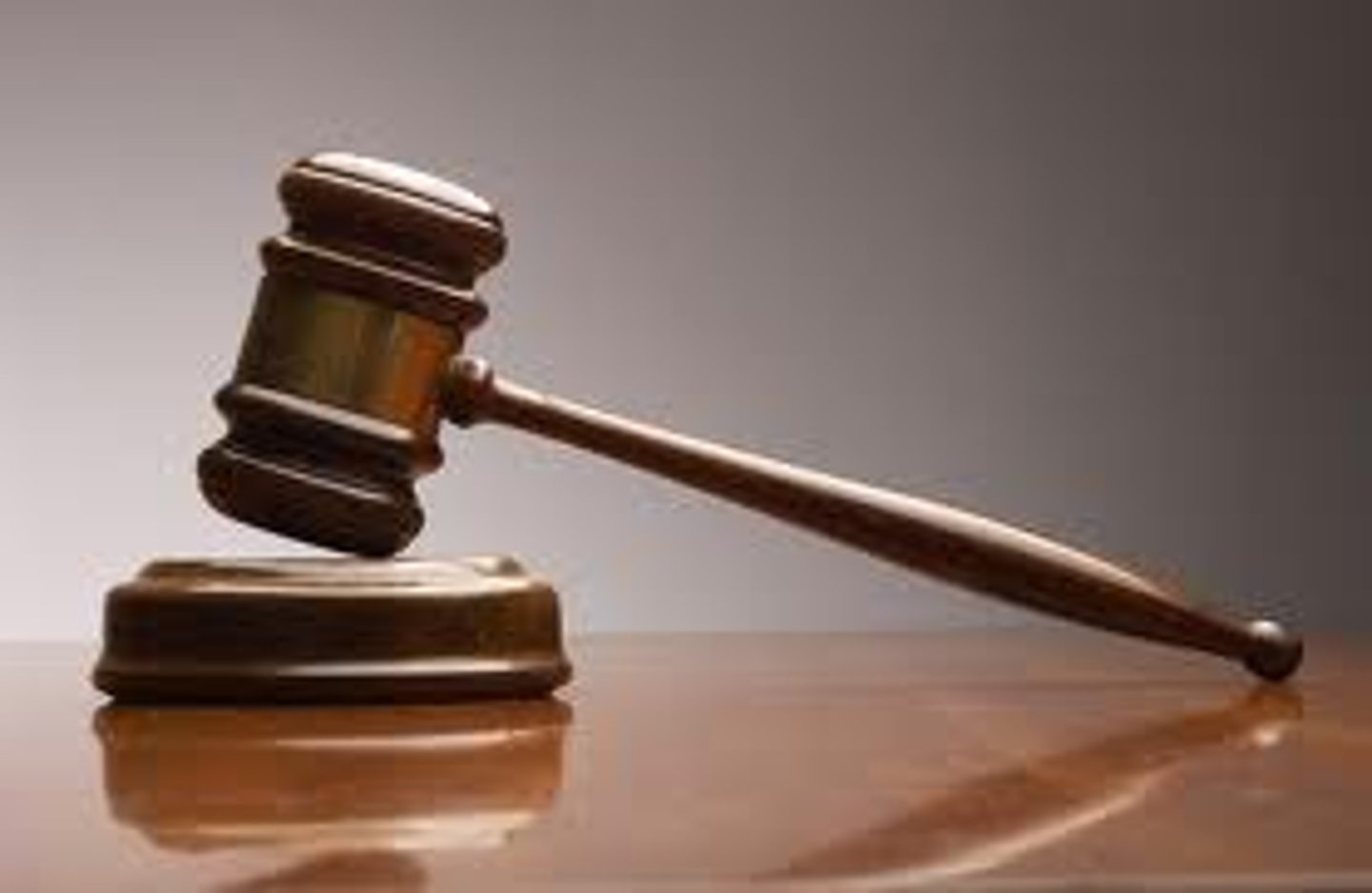
Was the tortfeasor an employee ?
An employer can be vicariously liable for an employee, but NOT an independent contractor.
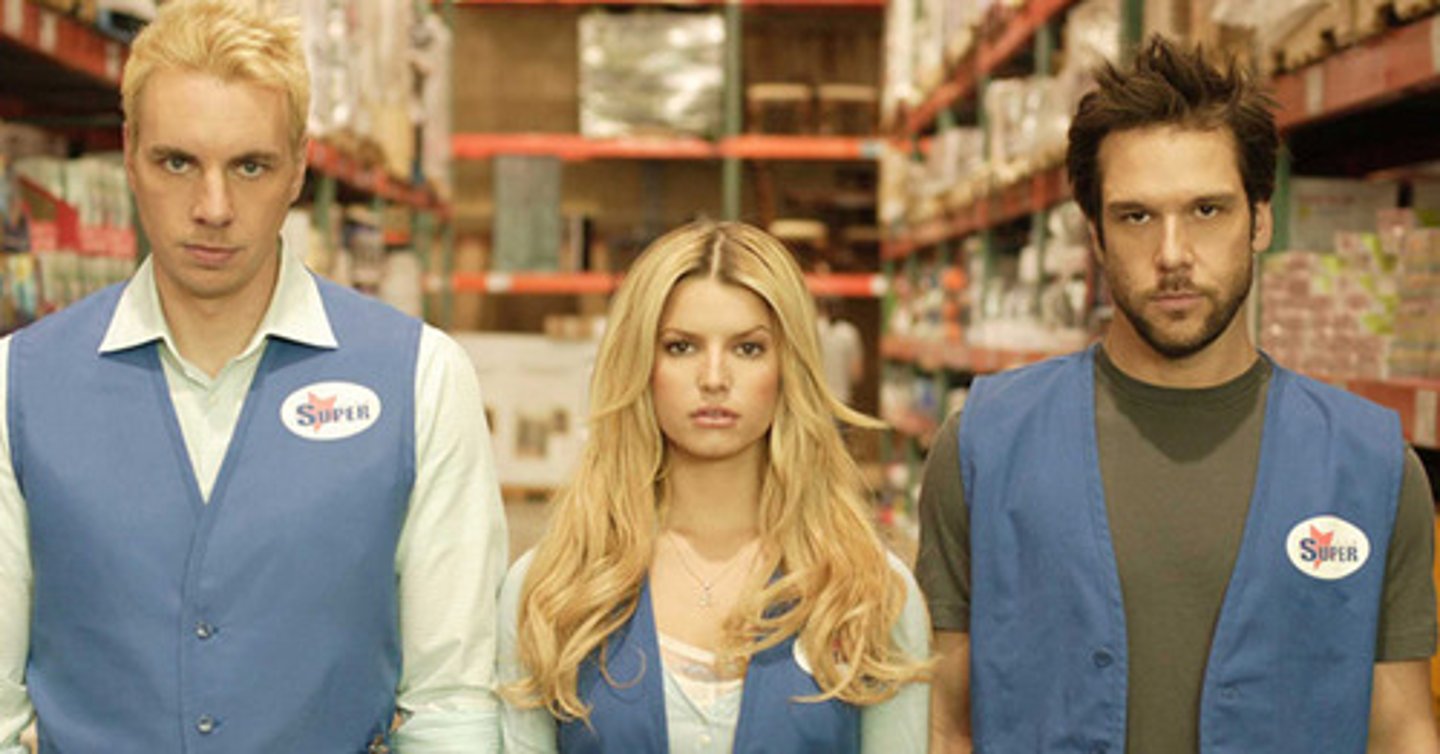
Test to establish whether the tortfeasor was an employee
Multiple test
Multiple test
There is no single way of distinguishing between employees/independent contractors. Instead, multiple factors must be weighed up.
Factors considered within the multiple test
- Agreeing to provide work/skill in return for a wage
- Accepting the work will be subject to the control of the employer
- Ownership of tools/equipment
- Type of payment: Weekly/monthly salary or payment after a whole job completed?
- Job description
- Independence of worker: Able to take jobs from different sources?
Ready Mix Concrete v Minister of Pensions
Case for multiple test
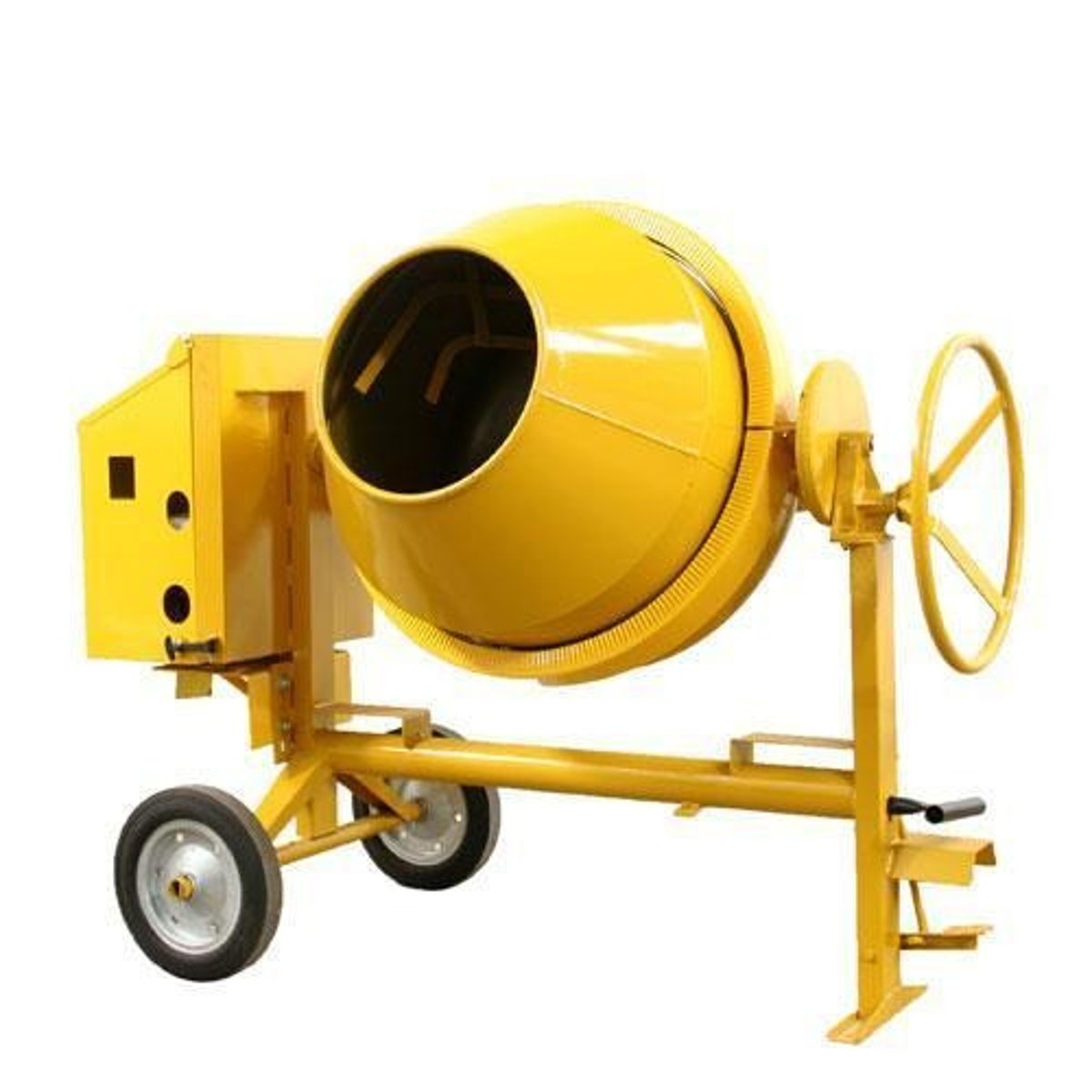
Is D vicariously liable if tortfeasor is an employee ?
Yes

Is D vicariously liable if tortfeasor is an independent contractor?
No
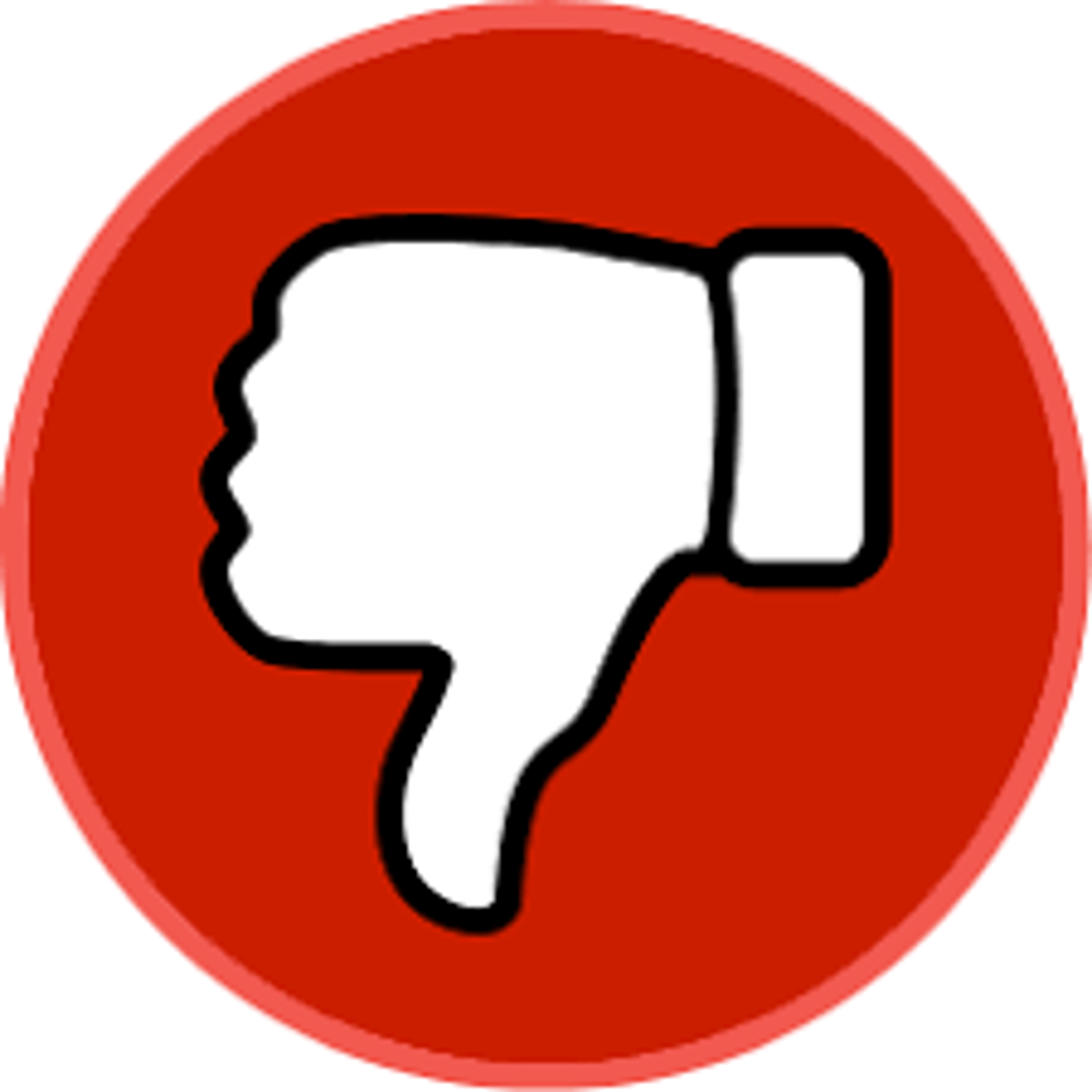
What contract does an employee have ?
Contract of employment
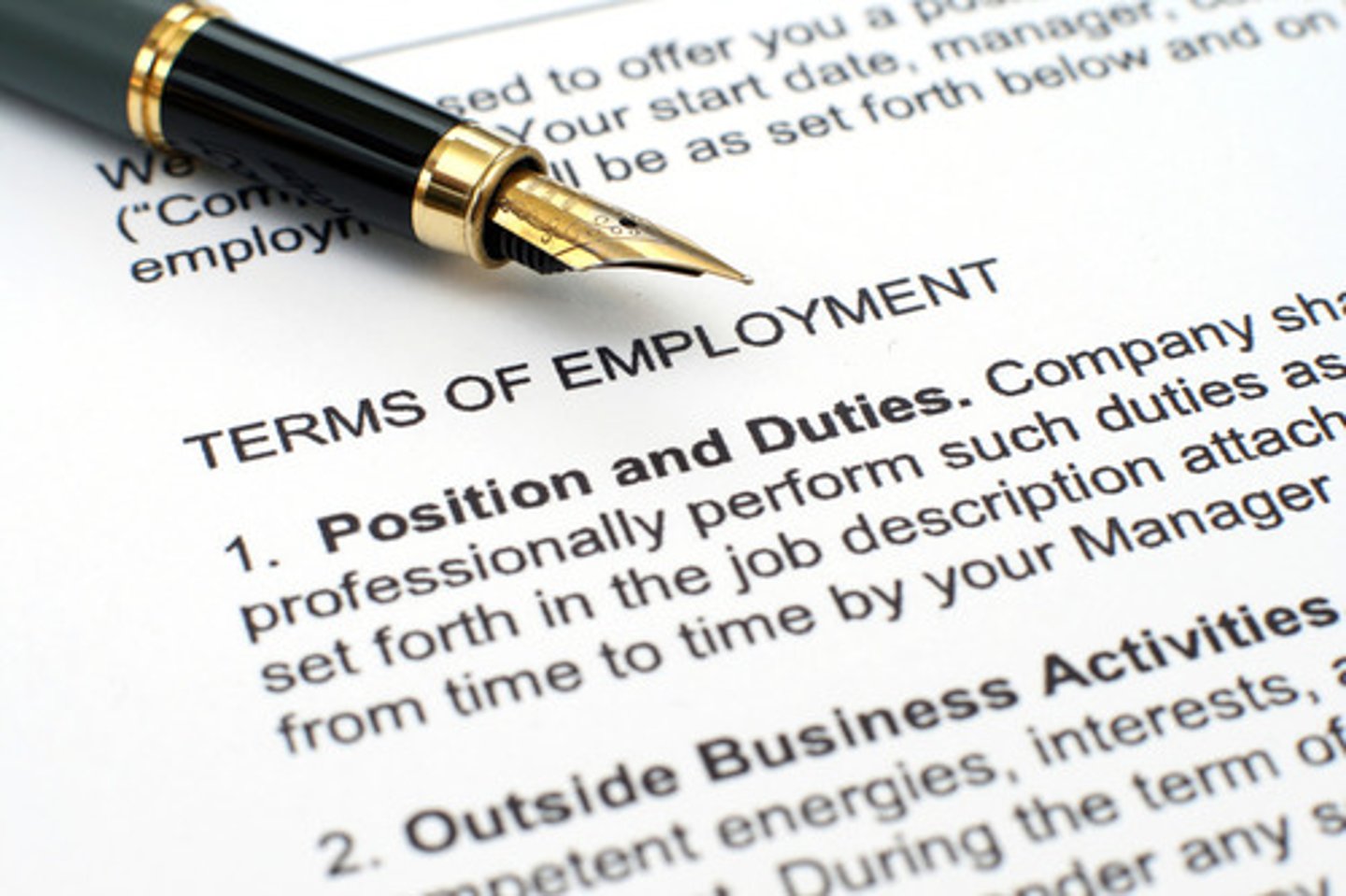
What contract does an independent contractor have ?
Contract for services
Example of an employee
Assistant in a shop

Example of an independent contractor
Plumber working in someone's house: Not an employee of housholder.
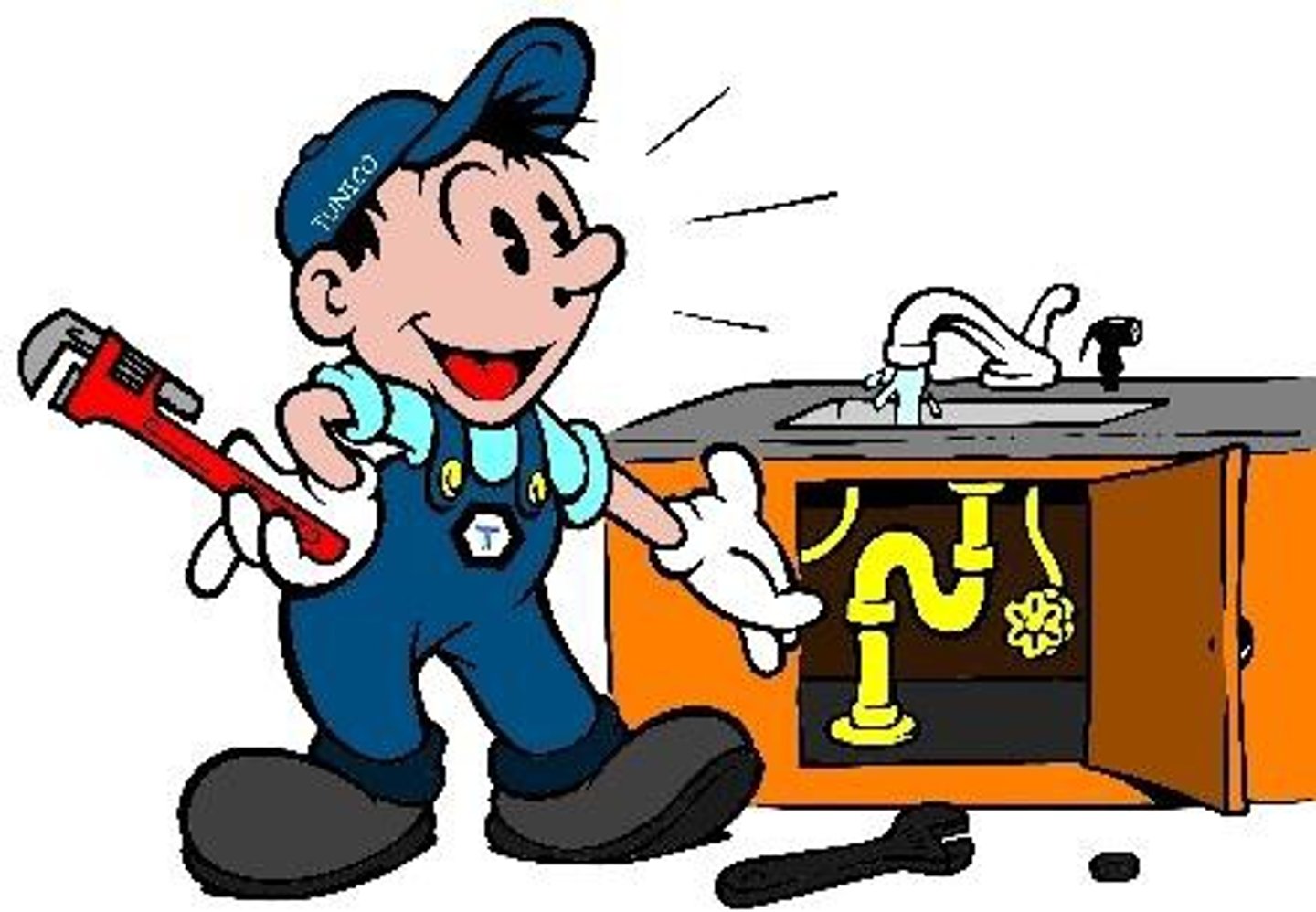
When else can someone be vicariously liable ?
If the tortfeasor was NOT an employee but had a relationship AKIN to employment.
Cases for relationship akin to employment
Cox v Ministry of Justice
Various Claimants v Catholic Child Welfare society
Cox v Ministry of Justice
D can be vicariously liable even if there was a RELATIONSHIP of employment, rather than employment itself.

Various Claimants v Catholic Child Welfare society
Someone can be an employee if the relationship is akin to employment.
If the relationship creates/enhances risk of a tort occurring, then D can be vicariously liable.

Tests to determine whether the employee acting in the course of employment
Authorised Acts test OR Close Connection test.
Cases for Authorised Acts Test
Century Insurance v NI Road Transport Board
Rose v Plenty
Beard v London General Omnibus
Authorised Acts test
Employee carrying out an act authorised by their employer = employer vicariously liable.
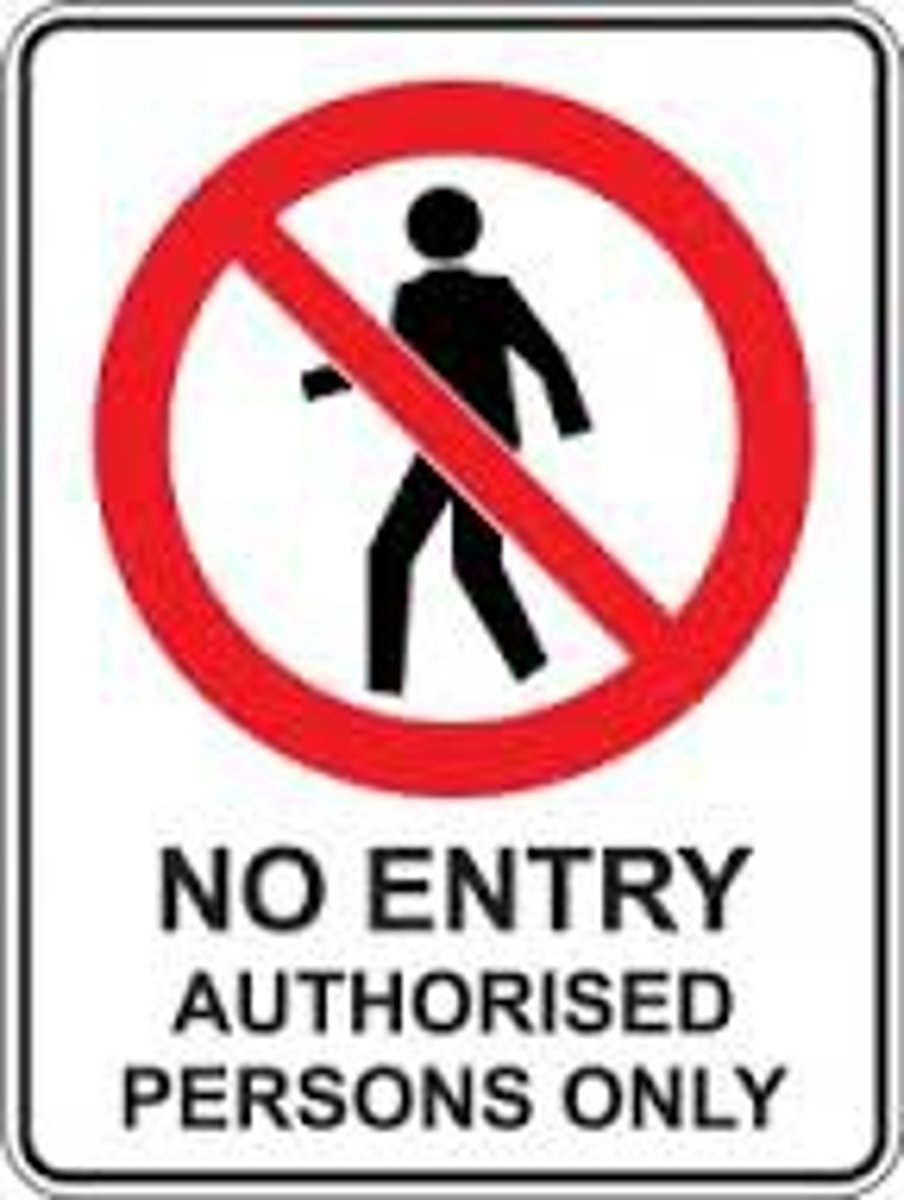
Century Insurance v NI Road Transport Board
Employee is doing authorised act in a NEGLIGENT manner

Rose v Plenty
Employee is doing authorised act in a FORBIDDEN manner

Beard v London General Omnibus
Employee will NOT be liable for acts NOT authorised by employer.

Cases for Close Connection test
Mohamud v WM Morrison
Morrison v Various Claimants
Close Connection test
If employee commits tort during work, employer may be liable if there is a "close connection" between the wrongful conduct and what employee was supposed to do.

Mohamud v WM Morrison
Employee acting within field of activities (interacting with customers), abuse was clearly connected so employer was still liable.
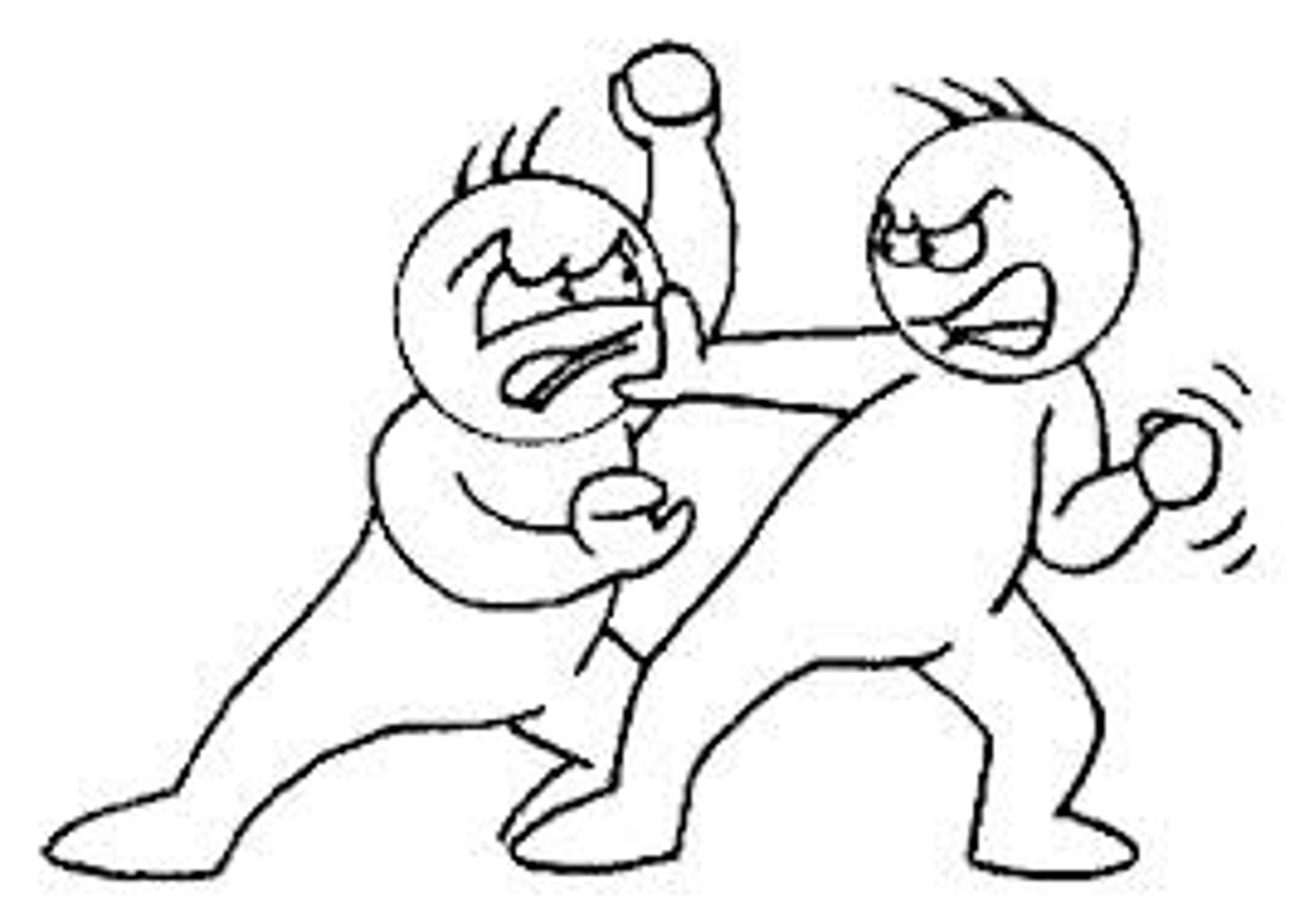
Morrison v Various Claimants
Employee meeting personal vendetta does not meet close connection test.
Employer will NOT be held vicariously liable for actions of a rogue employee.

On a frolic of their own
When an employee is acting outside the course of their employment.
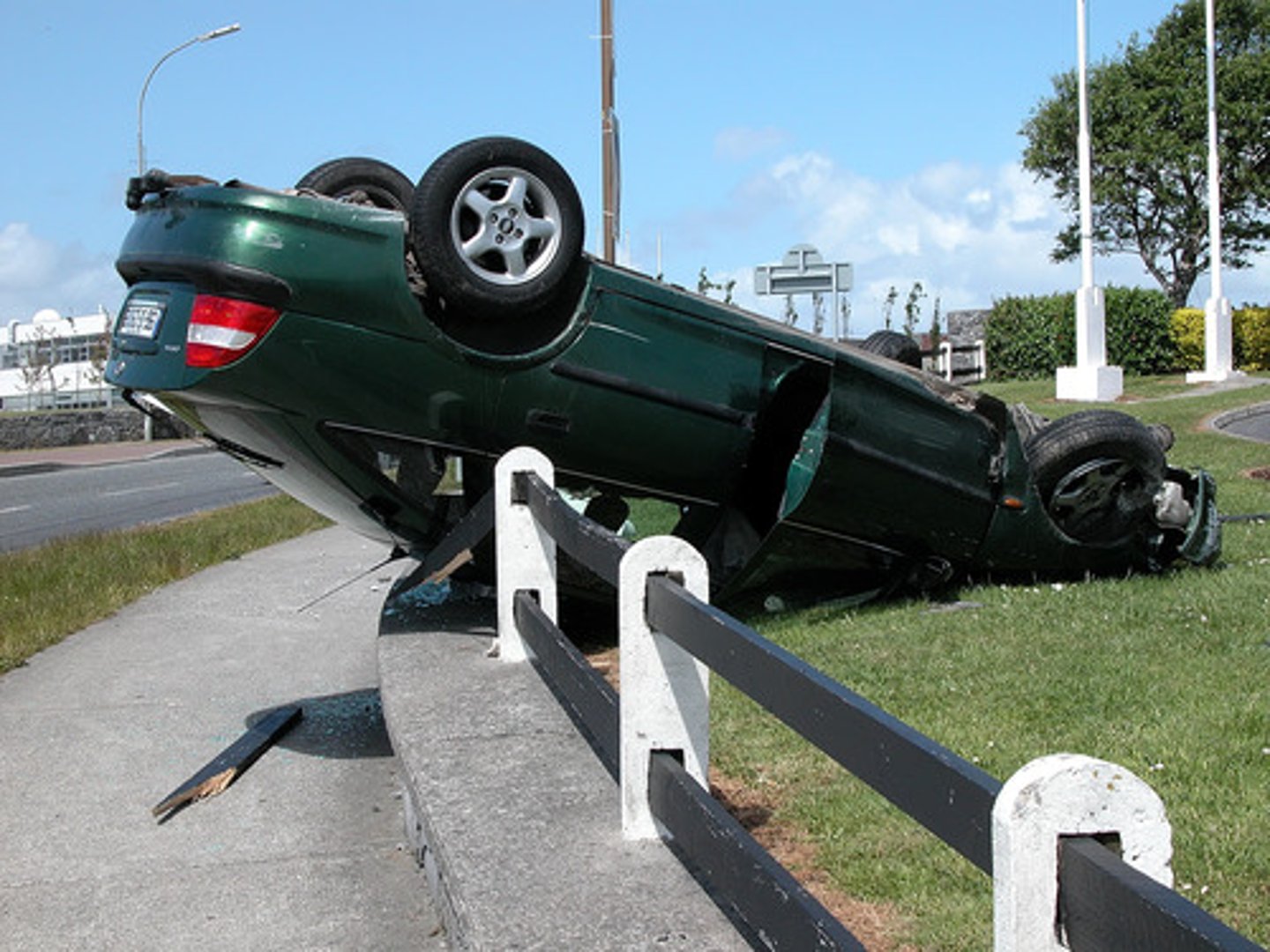
Case for frolic of their own
Hilton v Thomas Burton
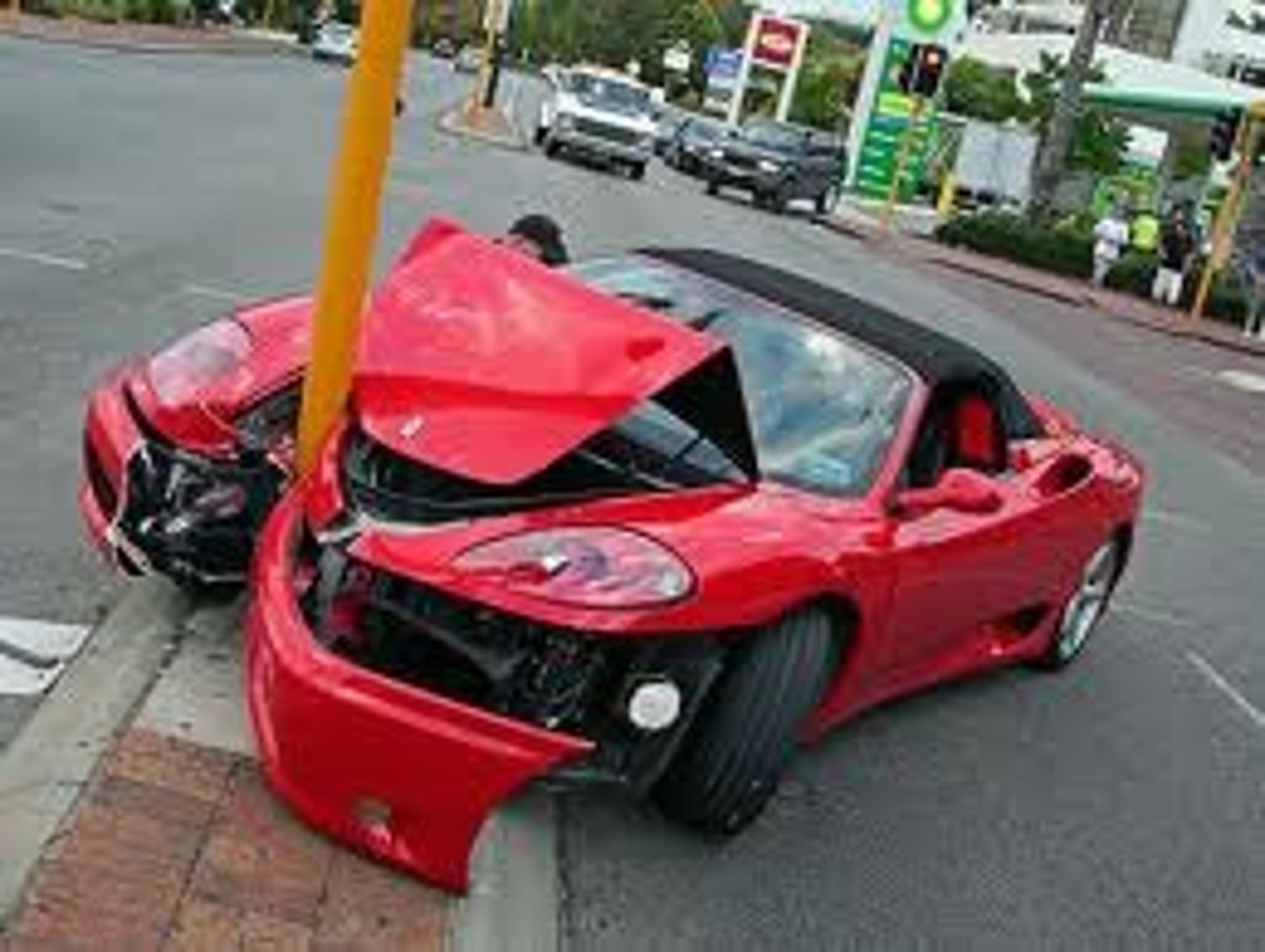
Hilton v Thomas Burton
Employers are not liable for employees if they are on an unauthorised "frolic of their own."
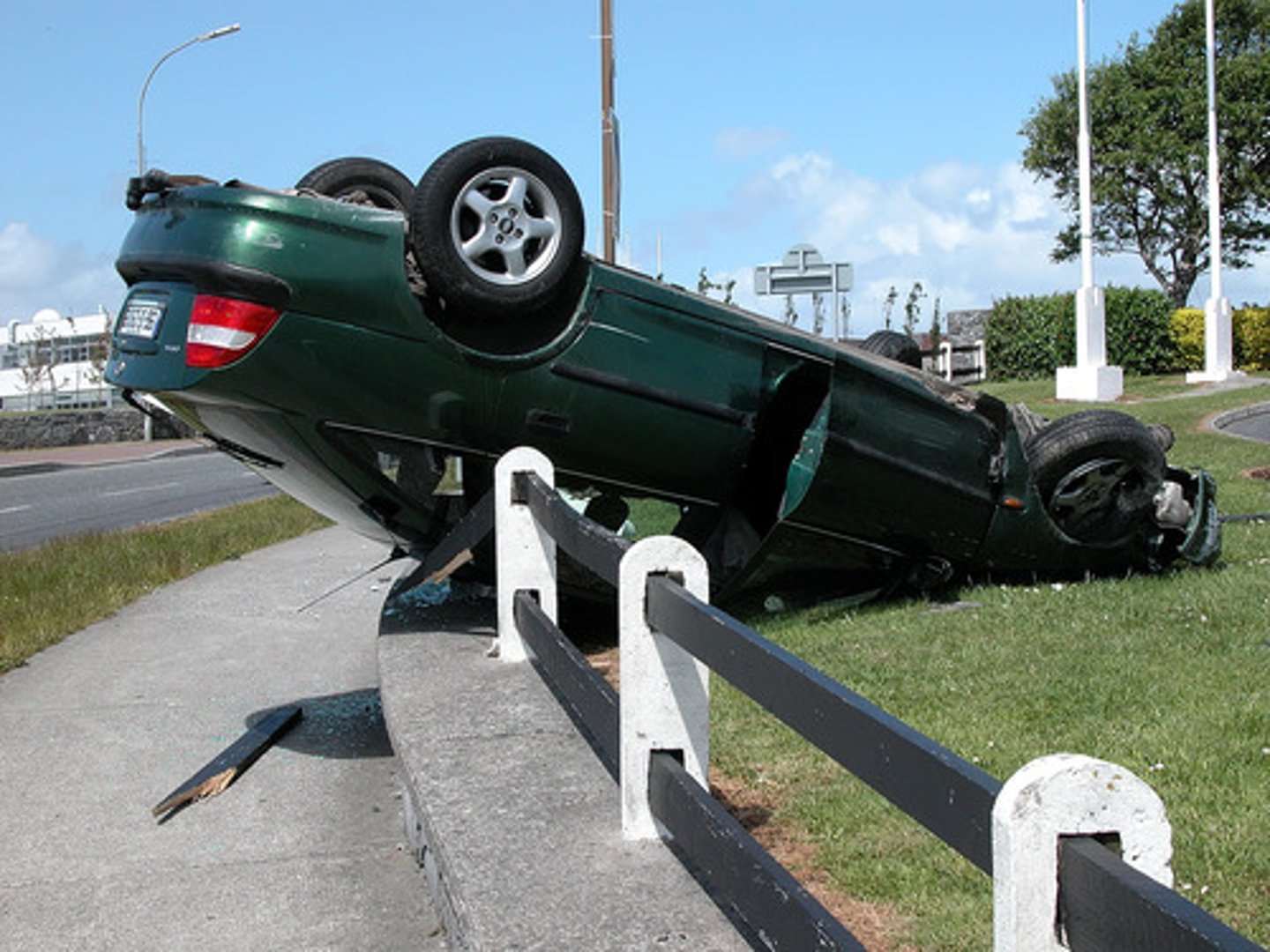
Remedy for vicarious liability
Employer has to pay compensatory damages.

What does the Civil Liability (Contribution) Act 1978 state about remedies for vicarious liability ?
The damages can be recovered from the employee, e.g. by deducting it from their wages.
